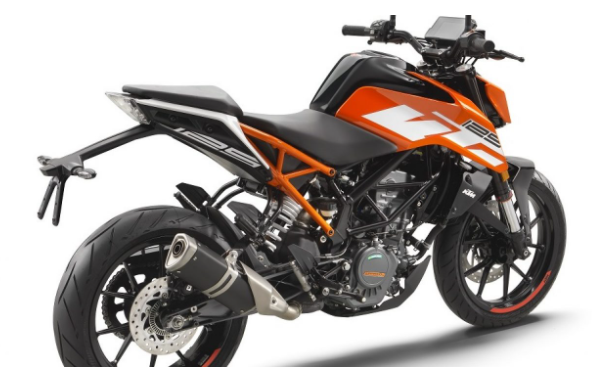India’s auto market has been nothing short of an enigma for global auto companies. In the last three years, at least three global brands have been forced to consolidate or exit their businesses, with the latest being the example of Harley-Davidson. It is the same market that promised a booming economy with a low car and two-wheeler penetration, counting potential for its population until a decade ago.
The fundamentals that attracted companies in the last two decades remain intact but the state of the economy has stalled these big plans. Not only this, the lack of stability in the policies and the imposition of the tax structure and the implementation of various types of regulations in the short term also disrupted the work.
Recently a top executive of Toyota Kirloskar Motor raised the issue of high taxation structure and urged rate cuts. Under the Goods and Services Tax (GST) regime, the tax on vehicles in India is the highest in the world and is charged up to 50 percent. This includes 28 per cent GST and a cess that is up to 3.21 per cent depending on fuel type, engine size and vehicle length. A top official of a vehicle company said, ‘It is very difficult to do business in India. High taxation structure and frequent policy changes are responsible for this. Business growth has been hindered by the difference in taxation of small cars and big cars.
Car sales were down to 18 per cent in FY2020, the lowest in a decade. In the world’s largest two-wheeler market, sales of motorcycles and scooters have come down by 18 per cent and sales have been the lowest in four years. The crisis of the Kovid 19 epidemic worsened the conditions of all those who were marginalized. Sales of passenger vehicles have halved so far compared to the year-ago period.
What is common for Harley Davidson or General Motors, due to which he decided to leave India. Why is Ford looking to rally with Toyota Kirloskar securing its stake in India by giving Mahindra & Mahindra a majority controlling stake that found itself on the wrong side with policy makers when its full-time director and vice-president Shekhar Viswanathan The structure was called impractical.
A common reason for this is that none of these automobile manufacturers have worked hard on investment because asset creation has outstripped demand. This did not help with the slow demand in India and the changed priorities at the global headquarters of companies. Harley and GM’s exit from the country and Ford’s efforts to consolidate business were part of the global transformation strategy of these companies. On its part, Toyota Kirloskar has postponed further expansion in the country which has used only one-third of its capacity.
See the case of Harley. The iconic motorcycle brand started its ride in India in 2011 and set up an assembly plant in Bawal, Haryana. Later it started producing the Street 750 and 500 models, which are among the cheapest in its model. The idea was that it should trade up to 10,000 annually and meet the demand of the domestic market as well as the export market. But the demand was not met. On the contrary, it diluted the carefully crafted image with poor quality and the situation became such that the finished product had to be recalled. A vehicle expert said that the color of the cheap Harley model among the buyers could not settle down and its brand share also decreased. This was the beginning of the end of Harley in India.
Ravi Bhatia, managing director and president of JATO Dynamics, an advisory company, said most companies had built their capacity keeping in mind the forecast of growth and purchasing power potential. Most of these decisions were taken when the forecast looked great. The purchasing power of buyers has been affected in the last few years and is not in line with the finished capacity. This has forced companies to take drastic measures.
India’s top two car manufacturers Maruti Suzuki India and Hyundai Motor India have more than 70 percent market share. The initial signs of success in other companies are only Kia Motors starting to show up. Through just one model Celtos, Hyundai’s subsidiary formed a stake of more than 5 percent in its first year in India. It now has around 8 per cent stake and has recently launched another vehicle sonnet and before that the expensive MPVA Carvial. But such an example is very rare.
Companies have been hit by a high cost structure including indirect taxes and higher proprietary costs. While GM and Ford were forced to take tough measures, local units of Nissan, Reno, Honda Cars and Volkswagen have failed to capture 5 percent market share.
Kavan Mukhtiar, partner and leader of automotive at PwC, said, “There is more to it than just taxation. In spite of higher taxes, the growth prospects look extremely positive. Carriage is still a luxury in India, especially cars and this is why it is taxed higher. But this cannot be a hindrance to growth. Of course if the tax is less then it will help. ‘ Mukhtiar says that it is also related to the price-price equation and the model offered by companies.


